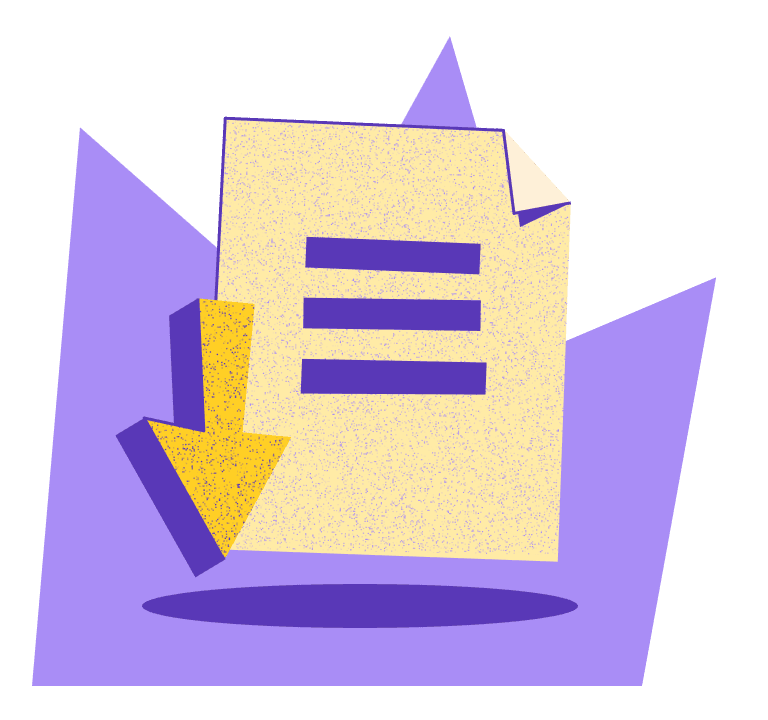Remote Work Glossary
- Results for "undefined"
Table of Contents
How it works
Centralized vs. decentralized
6 steps to implement centralized payroll
Advantages of centralized payroll
Challenges of centralized payroll
Tips for managing centralized payroll
FAQs
What is centralized payroll
Centralized payroll describes a system in which an organization’s entire payroll process is managed within a single platform.
How it works
In a centralized system, all payroll activities (such as calculating employee wages, deducting taxes, managing benefits, and issuing payments) are handled from a single, unified platform or team rather than by individual departments or locations.
By consolidating data and processes in one place, companies reduce errors, maintain consistent compliance with local regulations, streamline reporting, and improve overall efficiency. This approach also makes it easier to standardize policies, enhance data security, and gain better visibility into labor costs across the entire organization.
The centralized approach payroll model is specifically helpful for streamlining global payroll and delivering valuable ROI for multinational and remote companies.

Centralized vs. decentralized
In comparison to centralized systems, decentralized payroll systems involve outsourcing payroll processes to a variety of external payroll vendors. When multiple countries are involved, this decentralized approach becomes more complex due to various labor laws and tax regulations. Each local team is responsible for paying employees in a specific region, leading to disparate workflows and a greater risk of data inconsistencies.
6 steps to implement centralized payroll
Implementing a centralized payroll system helps streamline payroll processing, reduce administrative burden, and ensure consistency and accuracy in payroll calculations and payments.
Follow these steps to implement a centralized payroll system:
- Evaluate your current payroll system
- Choose a centralized system for your team
- Train your team on the new system
- Migrate payroll data
- Test the new system
- Roll out the new system
1. Evaluate your current payroll system
Evaluating the current payroll system reveals gaps or inefficiencies that must be addressed. Review payroll processes, data management procedures, software systems, and compliance with relevant regulations and laws. By identifying areas for improvement, you can ensure that your centralized payroll system is designed to meet the unique needs and requirements of your organization.
2. Choose a centralized system for your team
When choosing a centralized payroll system for your team, consider factors such as the size of your organization, the complexity of your payroll needs, and the features and capabilities of available payroll solutions. Consider a system that offers automation for payroll processing, tax filing, reporting, and other payroll services in real time.
3. Train your team on the new system
Ensure your team is trained to operate the new system, including entering and processing data, running reports, and troubleshooting common issues. Provide opportunities for hands-on training and practice, and ensure your team is comfortable using the system before it goes live.
4. Migrate payroll data
Migrating payroll data from your old system to the new centralized one involves transferring employee data, tax information, and other relevant payroll information to the new system. Ensure this data transfer is done accurately and securely, as errors or data breaches can lead to compliance issues and other problems.

5. Test the new system
Run a series of tests to ensure that the system is functioning correctly, the payroll data is accurate, and no issues are impacting payroll processing or compliance. Consider running sample payroll calculations, generating reports, and verifying that all employee data has been properly transferred to the new system.
6. Roll out the new system
Once ready, launch the system and make it available to your payroll team. Minimize disruption to payroll processing and ensure a smooth transition by scheduling the rollout during a slower period for payroll processing. Remember to provide enough support and training to your team during the initial rollout phase.
Advantages of centralized payroll
Companies opt for a centralized payroll approach for several reasons. We’ve outlined the strongest advantages below:
Consistency and accuracy
With centralized payroll, all employee data from the HR department is stored in a central location, making it easier to remain consistent and accurate in payroll calculations and payments. It also reduces the risk of errors, discrepancies, and duplications, saving time and money by holding information in a single system.
Cost-effectiveness
A centralized payroll system can be more cost-effective than a decentralized system by eliminating the need for multiple payroll teams or software systems. Paying for a single software and the services of an in-house team contributes to cost savings.
Streamlined processes
With a centralized payroll system, all payroll-related activities are handled by a single team rather than allocating various roles and responsibilities across departments. By consolidating responsibility, the process is streamlined and reduces administrative burden.
Improved reporting and compliance
Global teams have various laws and regulations to consider and follow for compliance, and perhaps even different currencies. Centralized payroll systems make it easier to track and analyze payroll data, which can be useful for reporting and compliance purposes.
As a result, it’s easier for an organization to meet legal and financial obligations. Payroll consolidation also enables the team to monitor all expenses and determine an accurate budget.
Enhanced security
Centralized systems can provide better data security than decentralized systems since all data is stored in a central location that can be secured and monitored easily. Centralized payroll improves data sharing security by limiting the number of people (and programs) with confidential data.
Challenges of centralized payroll
While centralized payroll systems offer many benefits, there are also some challenges to consider and address.
Technical issues
As with all tools that streamline organizational processes, centralized payroll systems rely on technology that may be susceptible to technical problems. For example, the software may experience system downtime, system failure, or data breaches. Investing in reliable global payroll providers with proven customer satisfaction will help prevent technical issues and ensure accuracy.
Leading Global Hiring Platform
Data management
Data must be managed properly to prevent compliance issues or errors in payroll calculations. Careful management of employee data ensures accuracy and optimal security. If you choose to partner with a global payroll provider, make sure they meet enterprise-grade security standards, such as SOC1, SOC2, SOC3, ISO 27001, GDPR, and AES-256.
Flexibility
Centralized payroll systems may be less flexible than decentralized systems because they require all payroll managers and staff to follow a standardized set of processes. Standardization can be beneficial in ensuring consistency and accuracy in payroll processing, but it can limit the ability to accommodate unique payroll needs or requirements for different departments or employee groups within an organization.
Resistance to change
Getting started with centralized systems may require significant changes to an organization’s existing processes, leading to resistance from employees or managers who are used to old workflows. Providing clear timelines and feedback loops through a solid change management plan ensures smooth implementation while supporting employees.
Tips for managing centralized payroll
With proper management and planning, the benefits of a centralized payroll system outweigh the challenges, especially for remote and global companies.
Here are some tips for managing centralized payroll systems:
- Establish clear protocols and procedures for data entry, processing, and storage to ensure consistency and accuracy in payroll calculations and payments
- Ensure all staff involved in payroll operations are properly trained on the payroll system and procedures to avoid errors or inconsistencies
- Regularly review and audit payroll data to identify and address any errors or discrepancies
- Ensure the payroll system is secure and regularly backed up to avoid data loss or breaches
- Establish clear communication channels between the payroll department and other departments or managers to ensure that payroll-related information is shared efficiently
- Stay up-to-date with changes in payroll regulations or laws to ensure compliance
- Choose from payroll software providers that integrate with other human resources and accounting systems to streamline data management and reporting
Deel Payroll
FAQs
What are the top KPIs to track after centralizing payroll?
Payroll accuracy rate (percentage of no‑error payslips), payroll cycle time (hours per payroll), time spent on vendor management, percentage of payrolls passing first reconciliation, number of compliance incidents, and cost per payslip.
How can centralized payroll reduce payroll errors?
Standardized templates, automated gross‑to‑net calculations, single source of truth for employee records, validation rules, and an approval workflow reduce manual entries and reconciliation mismatches.
What training should payroll staff receive when adopting a new centralized system?
Role‑based training (data entry, reconciliations, approvals), hands‑on pilot runs, a troubleshooting quick‑guide, access control training, and a 30/60/90‑day Q&A schedule with product experts.
How do I ensure compliance across different countries with a centralized payroll system?
Use a provider with built‑in local compliance rules or local experts, maintain country‑specific configuration templates, schedule regular compliance audits, and keep regulatory change alerts enabled in the platform.


